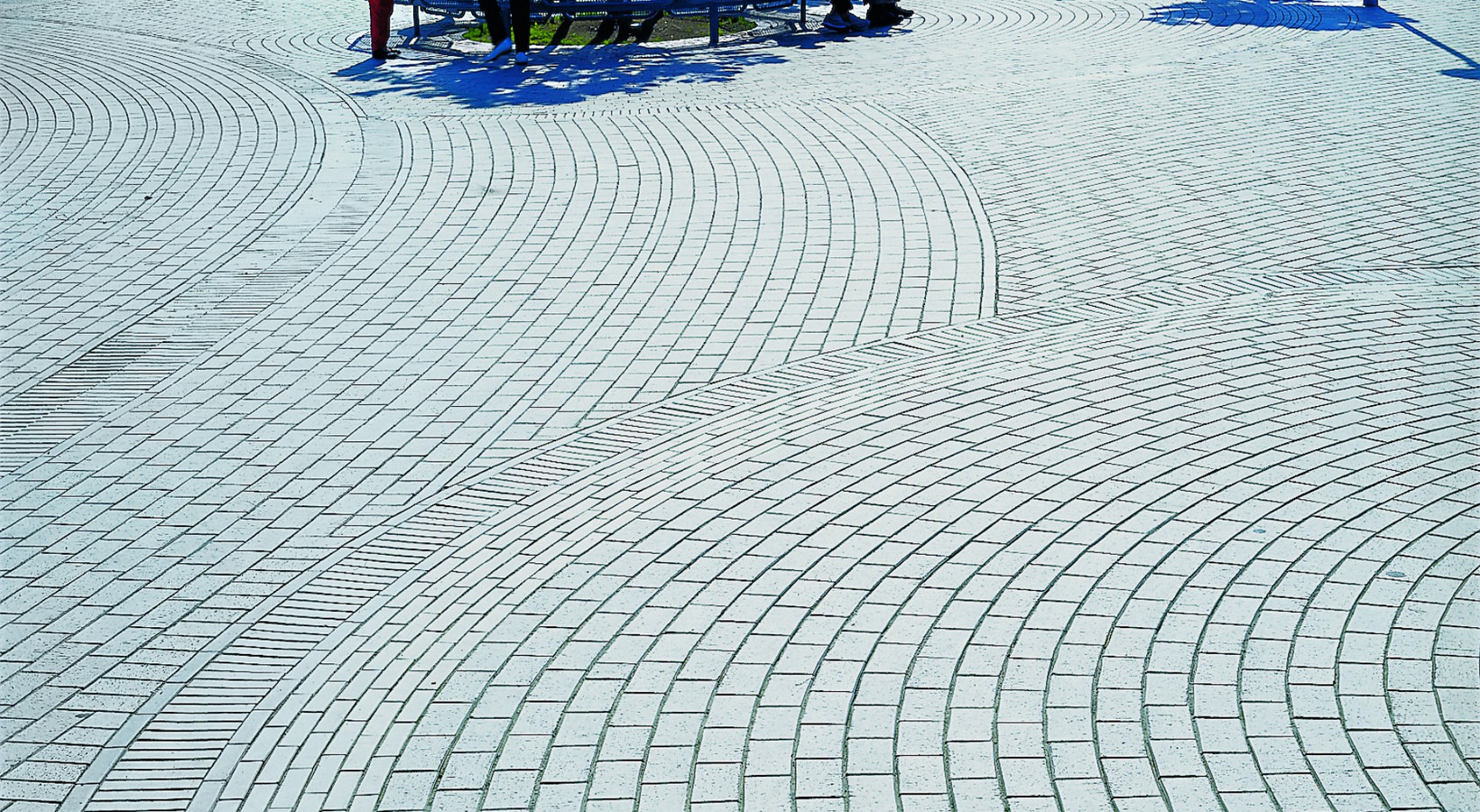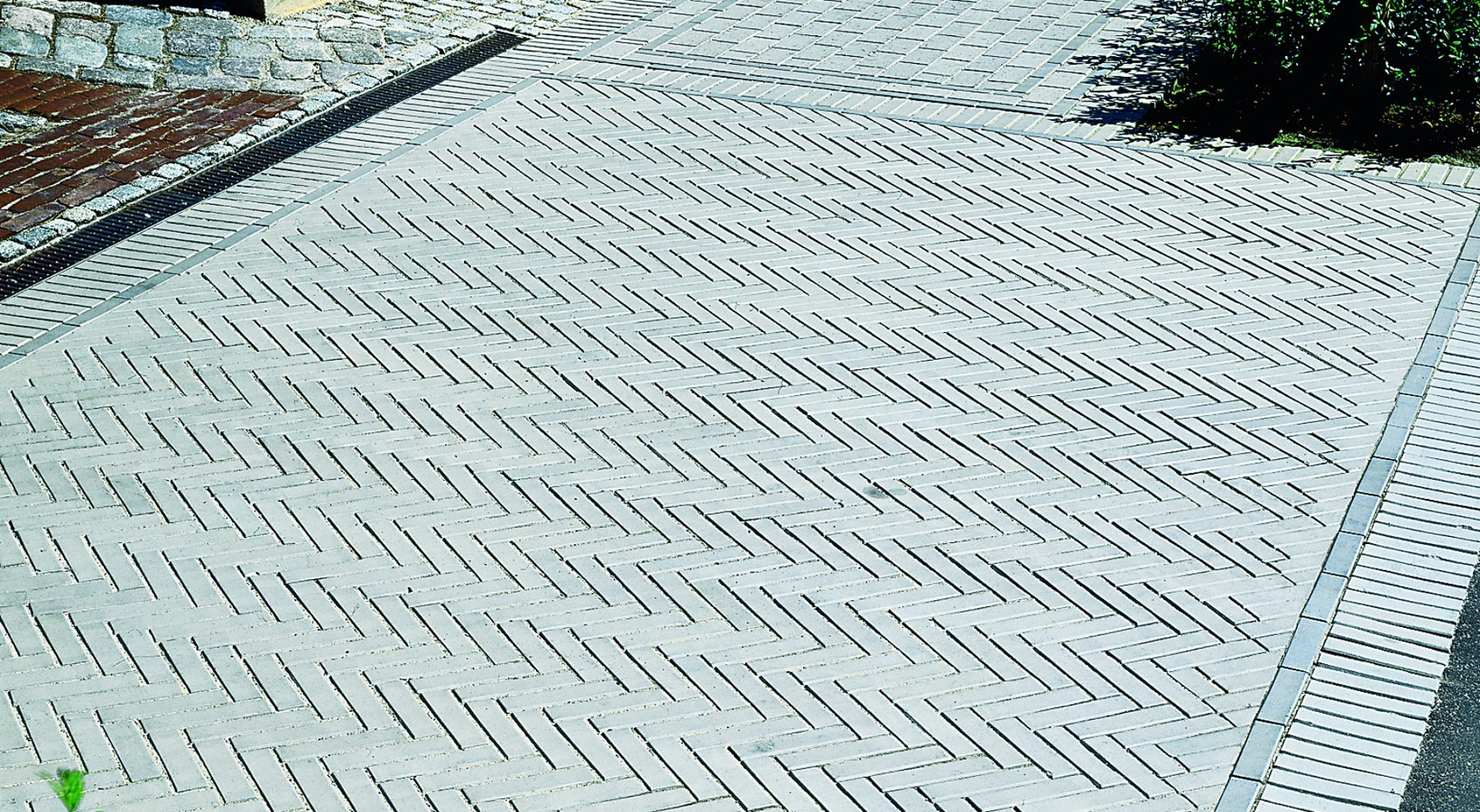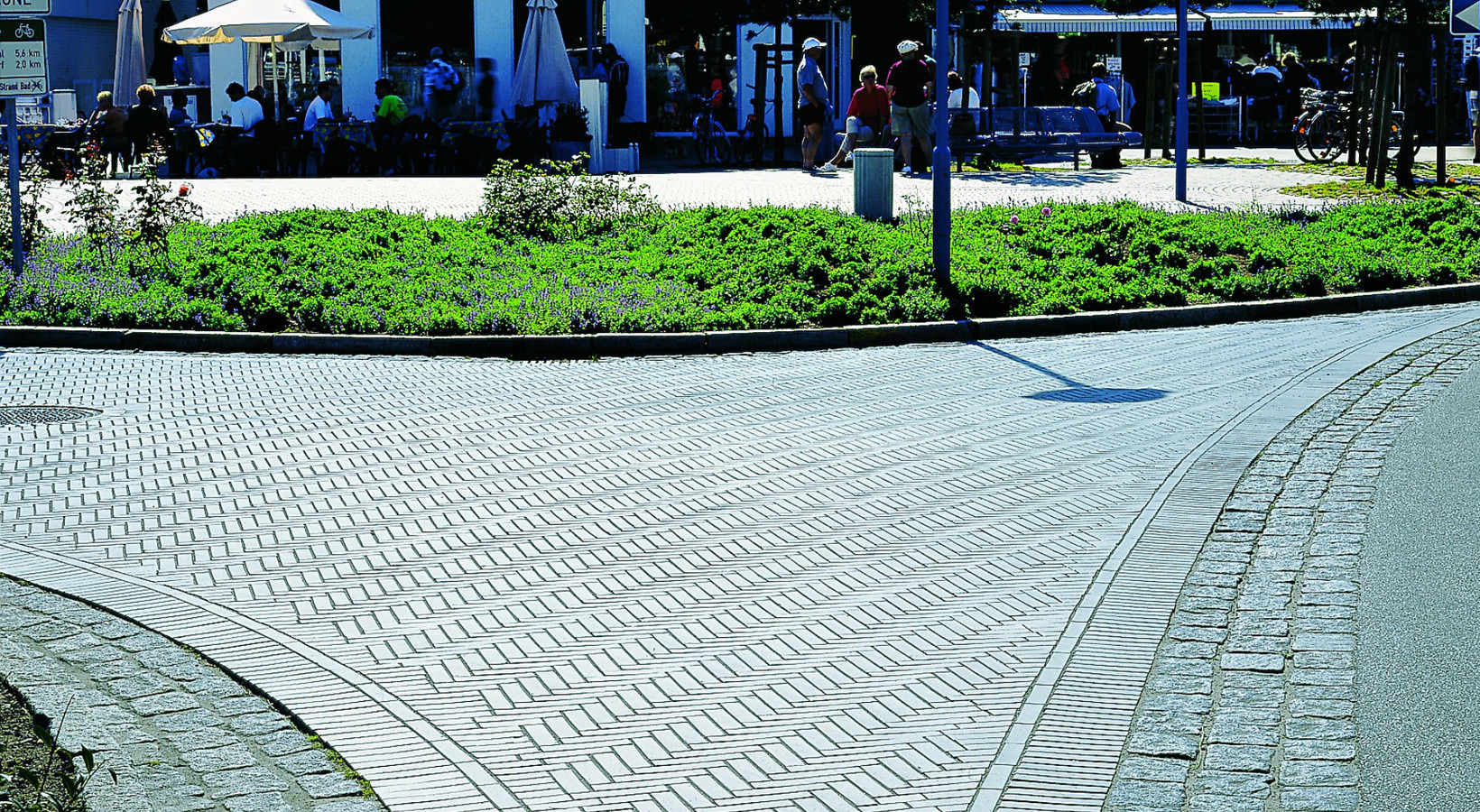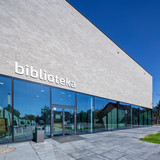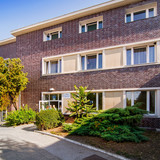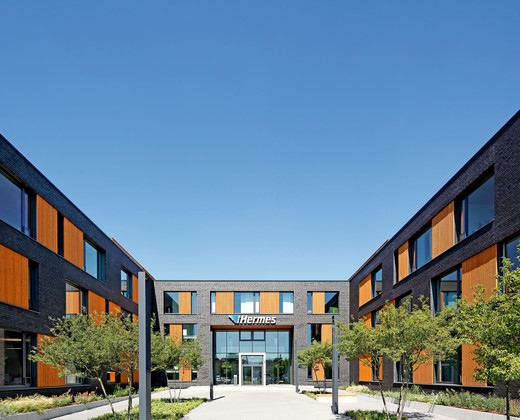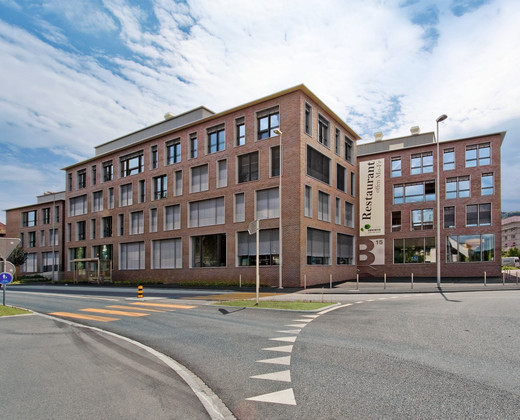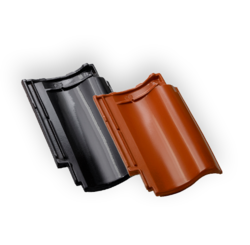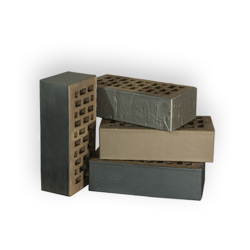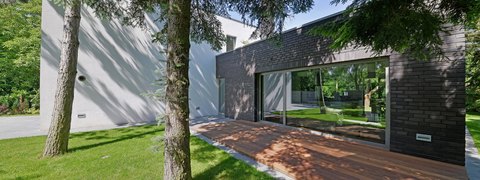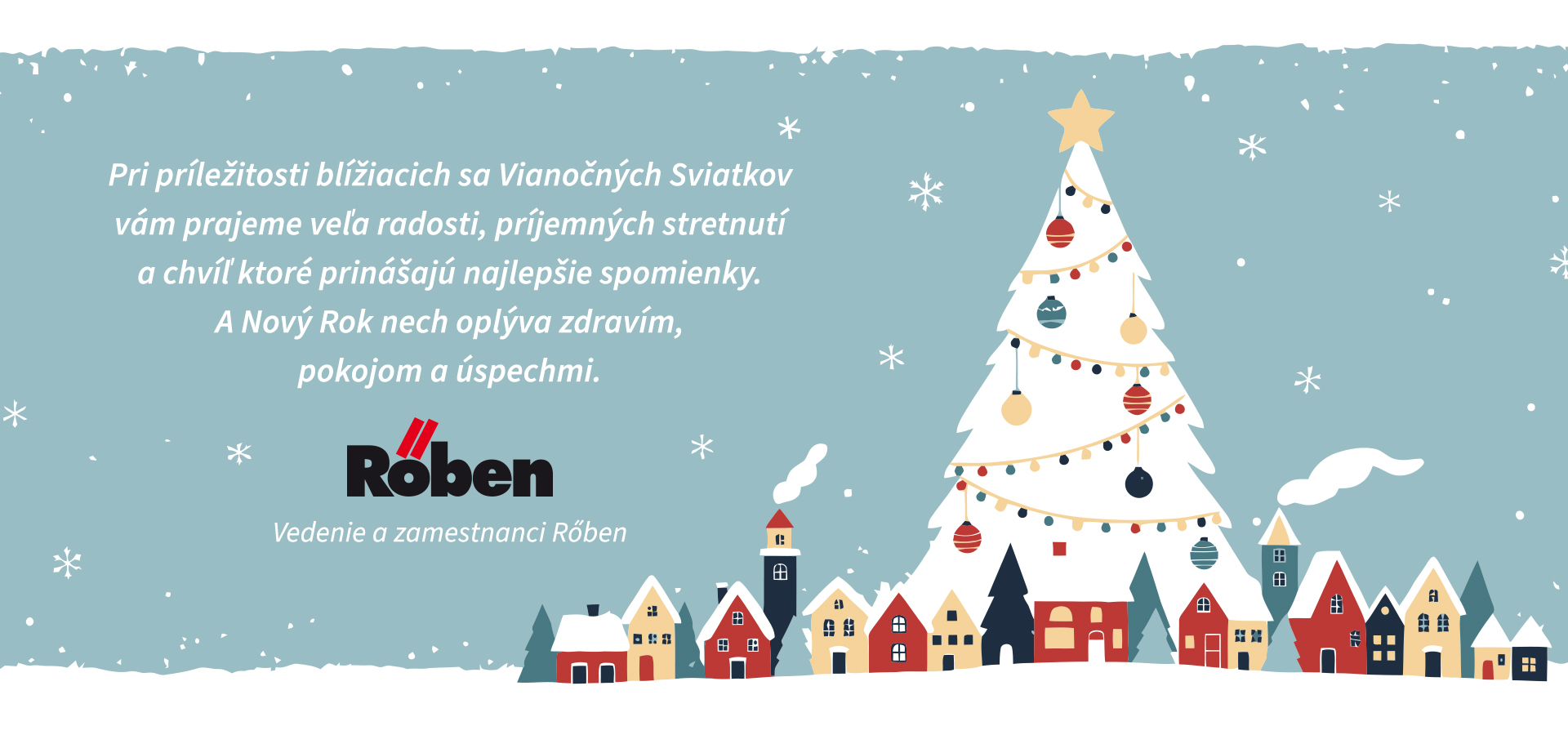Promenade in Sankt Peter-Ording The heart of the city underneath the feet
The city atmosphere is to a large degree affected by its architecture – the layout of the streets, the dominant style and height of buildings. Public squares also play an essential role.
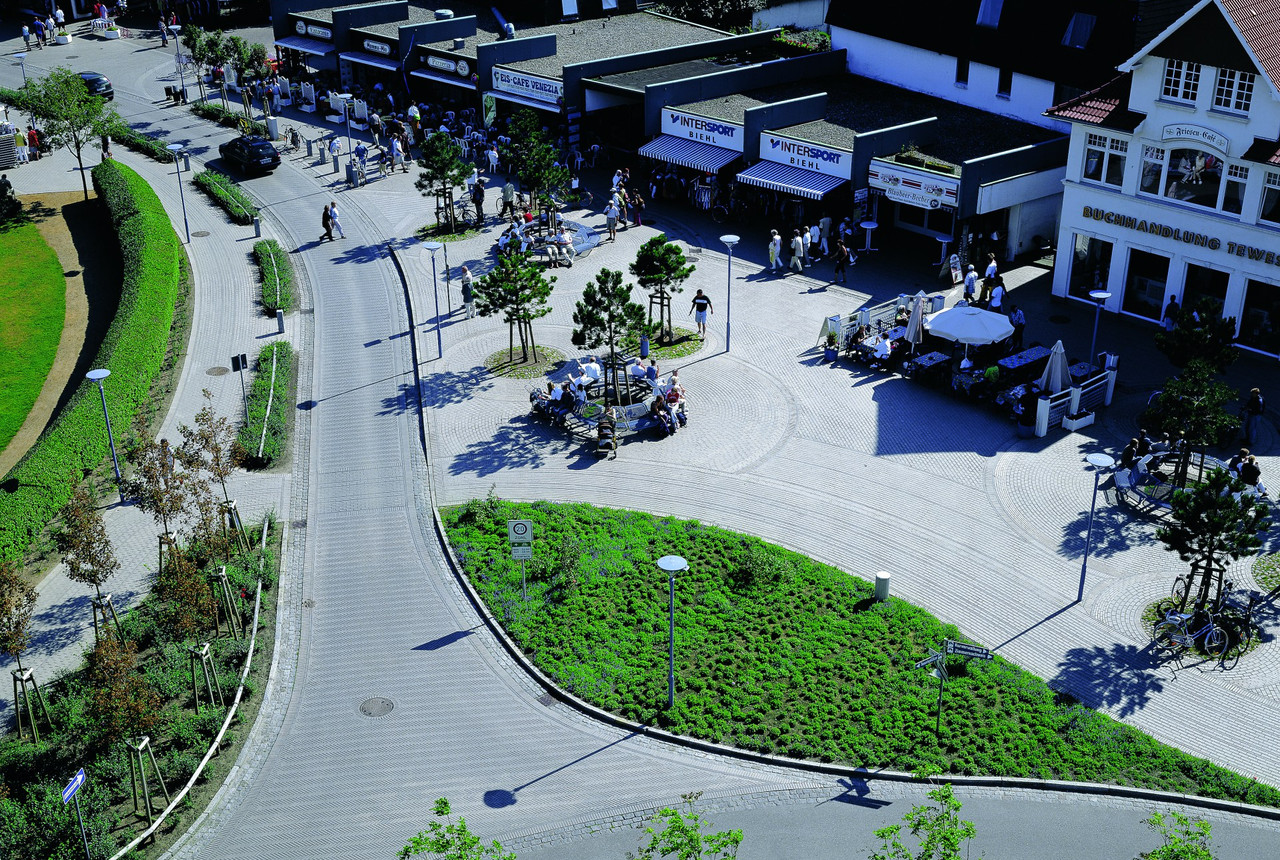
A study conducted in six German agglomerations showed that 76% of respondents place public squares at the forefront of the city architectural symbols. Squares constitute the true heart of the metropolis, leaving modern public buildings or works of art located in the urban space far behind. In addition, for 84% of respondents, the squares are the main argument for living in the city center, and for 1/3, it constitutes a reason to move to the city center or to its surroundings.
Multifunctional and beautiful
What makes a public square a vibrant and unique heart of the city? This is the only point where it is possible to walk or relax outdoors, as well as shop, meet in a cafe and have a meal in an elegant restaurant ... all in one recognizable and generally accessible place. The square attracts residents even more if it is aesthetic and harmoniously blends in with the surrounding buildings. Therefore, by modernizing the surface of city centers, we are moving away from asphalt and other solutions resembling materials used on roads or motorways. The clinker brickwork experiences a real renaissance in the urban space. Squares, passages and promenades are becoming a real attraction.
Plaza de les Caramelles in Barcelona
In the heart of Barcelona, tourists and locals are attracted by Plaza de les Caramelles, located in the center of the Old Town. With the surface area of 6,000 square meters, it serves the city as the center of festivals and fairs, as well as a place where you can relax, spend time with friends or go for a walk. The surface of the square is lined with brown and red clinker cobblestone Röben. A special feature of the square is the area made of 120,000 small bricks. The small size of the bricks and their shape give a lot of different possibilities of laying patterns – running bond was used here. In addition, clinker brick is a completely natural material whose color results from the clay mineral composition and eventually develops during the firing process, not by adding artificial dyes. As a result, the surface of the square does not fade despite the intense Spanish sun shining on the surface of the bricks.
Not only in big cities – the promenade in Sankt Peter-Ording
Another interesting example of urban space development by means of clinker is the central square in Sankt Peter-Ording in northern Germany. In this popular German summer resort, the passage on the main street of the city was modernized, and its central part became a square surrounded by greenery. When planning the revitalization of the square, the greatest challenge for architects was to find materials that would not only fit well with the natural landscape of the town, but would also be resistant to weather conditions prevailing over the North Sea, primarily strongly saline air. Technical and aesthetic requirements were met by clinker bricks. The Röben clinker in shaded gray color was selected. Over 500,000 bricks were used to complete the investment, some of which were tailor-made at the Röben plant, and which stand out with a darker color than the others.
Why clinker?
The design co-creator, architect Hans-Jürgen Kirmse from the Topiaria design office explains why clinker paving bricks were used in Sankt Peter-Ording: “Concrete paving brick was out of the question because it would not suit our design idea. The clinker brick cobblestone, due to its small absorbability, does not get covered with moss even in shaded places. Its ceramic surface allows for self-cleaning, which eliminates the need for tedious and labor-intensive care. For the same reason, it is also frost-proof and non-slip, which is extremely important in a place like a shopping arcade, frequented by crowds of people. In addition, the clinker paving brick gives the effect of light reflections, shimmering on the road surface. This is particularly evident during rain and the light of street lamps. It is a very charming phenomenon.”

